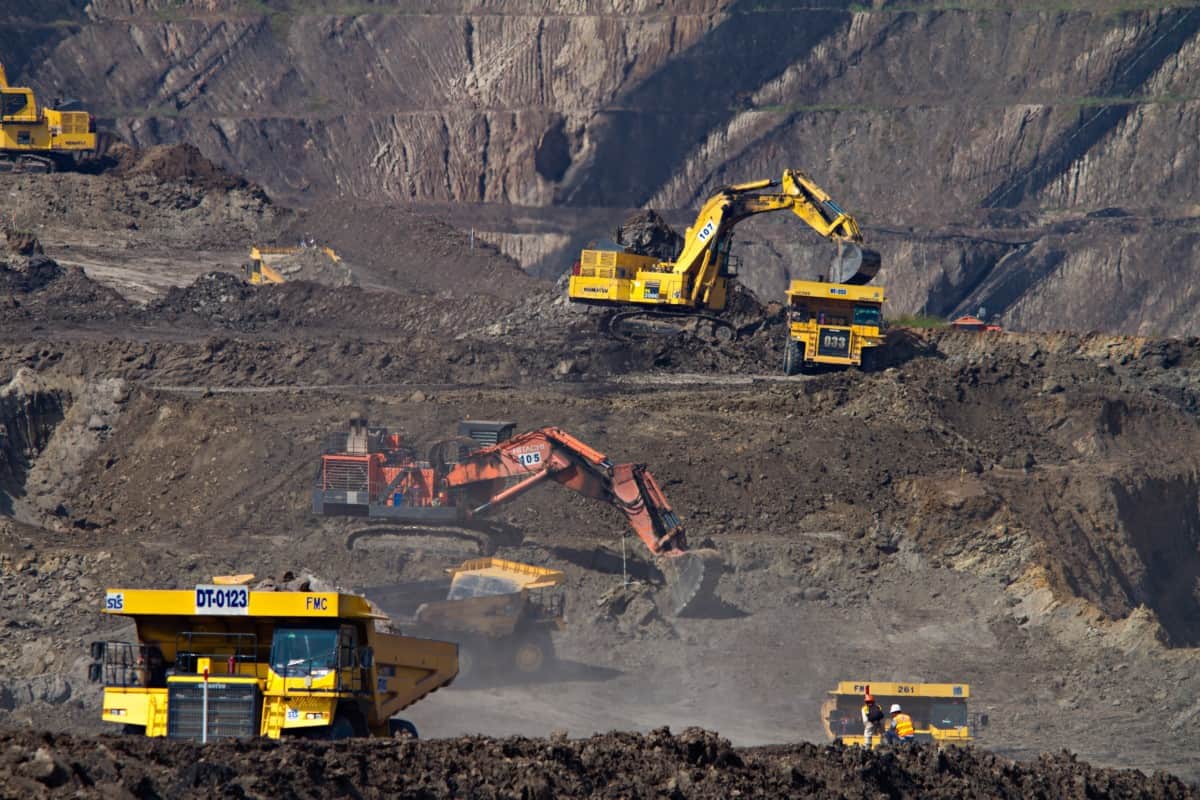Effects of fossil fuel to the environment
In this article we will look at the effects of fossil fuel to the environment.
Human life cannot be separated from the surrounding environment, both natural and social environments.
Along with the times, the world’s population also continues to increase every year.
So the increase in energy needs cannot be avoided anymore.
At present, almost all of the energy needs that humans use are obtained from the conversion of fossil energy sources.
For example, energy for electricity generation, industry, and various means of transportation.
Fossil fuels themselves are natural resources found in nature, and there are three main types.
These are oil, natural gas, and coal. The formation process is due to plants, animals, and living matter, which decompose when dying.
That is, these resources originate from the decomposition of organic waste, which takes millions of years to degrade (hence the name fossil).
However, the production and use of fossil fuels raise environmental concerns that endanger the planet earth. If no action is taken soon, the dangers might be worse.
However, the production and use of fossil fuels raise environmental concerns that endanger the planet earth. If no action is taken soon, the dangers might be worse.
Effects of fossil fuels to the environment
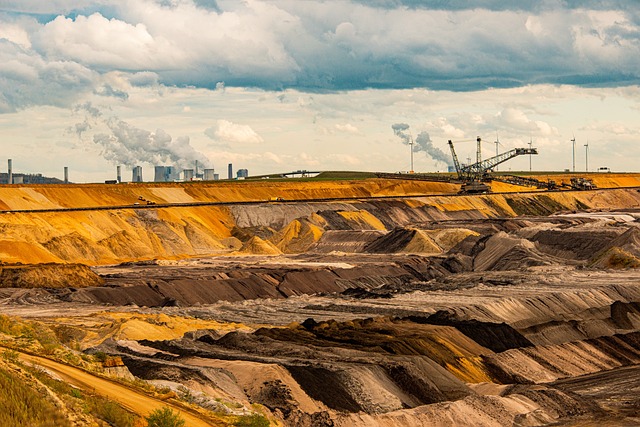
Fossil fuels effect on environment. It is possible to see how important fossil fuels are for generating energy in the world.
However, they are also responsible for contributing to some of the greatest environmental impacts.
The following are some of the negative impacts of using fossil energy. These are real effects of fossil fuel to the environment.
Air pollution
Burning fossil energy sources not only brings benefits in the form of producing energy, but also negative impacts. The normal composition of air is as follows: 78% nitrogen (N), 21% oxygen (O), and 1% other gases.
Fossil energy causes compounds that are not environmentally safe to form in the atmosphere, such as carbon monoxide, nitrogen, and sulfur, which causes air pollution.
Currently, it is estimated that the world currently consumes 65 million barrels of oil per day (mainly in the form of fuel for transport) as well as 35 billion tonnes of coal.
This is very worrying as you can imagine the impact it will have on our health. City dwellers are the one who runs the greatest risks because pollution mainly affects large cities.
This pollution has many repercussions on biodiversity and the health of living beings.
Acid rain
Nitrogen oxide (NOx) and Sulfur dioxide (SO2) gas emissions to the air can react with water vapor in the cloud and form nitric acid (HNO3) and sulfuric acid (H2SO4) which is a strong acid.
If the rain falls from the cloud, the rainwater is acidic (the pH is less than 5.6, which is the pH). Acid rain causes soil and waters to become acidic.
This has consequences on the flora. Acid rain dissolves the nutrients that are present in the soil, essential for the ecosystem.
For agriculture and forests, acidic soil will affect the growth of production plants. For example, it will cause discoloration of the leaves, attack the roots, and blocks photosynthesis.
The areas most affected are the areas where water is present, i.e., lakes, oceans, and seas.
Acidification of these water bodies makes it hard for life to develop, and this causes the disappearance of fish and environmental flora.
The rivers also bear traces of the harmfulness of acid rain. All this endangers food chains and creates imbalances within ecosystems.
Soil degradation
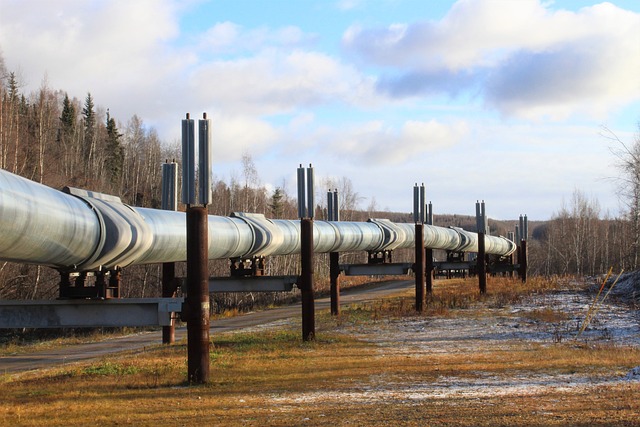
Exploring, processing, and moving underground oil, gas, and coal reserves are very detrimental to the landscape and environmental ecosystem.
The fossil fuel industry leases vast tracts of land for infrastructures such as wells, pipes, access roads, and facilities for processing, storing waste, and disposing of waste.
The processes carried out in producing fossil energy can cause soil degradation, which is very detrimental to the environment.
For example, in the case of strip mining, all-terrain plots, including forests and entire mountain peaks, are eroded and blown up to expose coal or underground oil.
Even after the operation is stopped, the soil that is protected by nutrients will never return to normal. As a result, critical wildlife habitats are finally fragmented and destroyed.
Even animals that can get away from fossil energy-producing sites can end up suffering. This is because they are often forced to live in less ideal habitats and have to compete with wild animals for resources.
So, the use of fossil energy for electricity generation not only impacts on the destruction of the land but also on the ecosystem and habitat of animals that should be given space to live.
This pollution also attacks stone, destroying historical monuments.
Destruction of the ozone layer
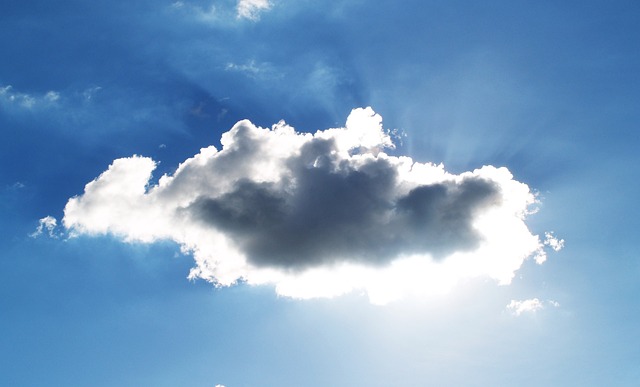
Another impact fossil fuel cause to the environment is the destruction of the ozone layer. Ozone is an atmospheric layer in the terrestrial stratosphere between 20 km and 50 km was discovered in 1980.
It is composed of trioxide (O3), which is an unstable molecule and which does a lot of reactions.
The function of this layer is to protect life on Earth from ultraviolet rays from the sun.
Terrestrial life would not be possible without this layer because certain ultraviolet rays have serious consequences on living beings.
Since its discovery, holes have been noticed in the ozone layer in Antarctica and the Arctic due to gases released by human activities such as nitrous oxide (N2O), chlorofluorocarbons (CFC).
The O3 and the gases released by humans will react together, and the O3 will disappear following this reaction. These reactions are gradually destroying the ozone layer essential for life on Earth.
Global warming
Global warming occurs when carbon dioxide builds up in the atmosphere. Carbon dioxide arises from the conversion of carbon monoxide produced by burning fossil fuels.
As a result, the surface temperature of the Earth increased dramatically.
This increase is enough to suppress the ecological system. The implications include bad weather, drought, floods, drastic changes in temperature, heat waves, and more severe forest fires.
In addition, this impact also reaches the threatened food and water supply. The tropics will also have an impact, allowing disease-carrying insects to expand its reach.
Carbon emissions themselves trap heat in the atmosphere and cause climate change. In the United States, the burning of fossil fuels, specifically in the electricity and transportation sectors, accounts for around three-quarters of carbon emissions.
The greenhouse effect
The sun sends a very large amount of energy to Earth. The average temperature of the Earth’s surface is currently 15 degrees.
If the atmosphere were completely transparent to infrared heat radiation, this value would be 18 degrees.
The difference comes from the existence in the air of various gases that absorb heat infrared radiation.
These gases are carbon dioxide (Co2), methane, nitrous oxide, ground-level ozone, and chlorofluorocarbons.
The phenomenon is known as the greenhouse effect results from a considerable increase in these gases.
If current trends continue, we could reach an average temperature increase of 3 degrees by 2040.
This may seem insignificant, but it would have very serious consequences.
The oceans would increase in size, flooding all the coastal plains where currently live more than a billion men. The displacement of populations would undoubtedly cause conflicts.
The precipitation regime would be disrupted, causing an “aridification” of the middle latitudes of the northern hemisphere.
But above all, the speed at which these changes would take place would prevent plants from adapting.
Melting ice and sea-level rise
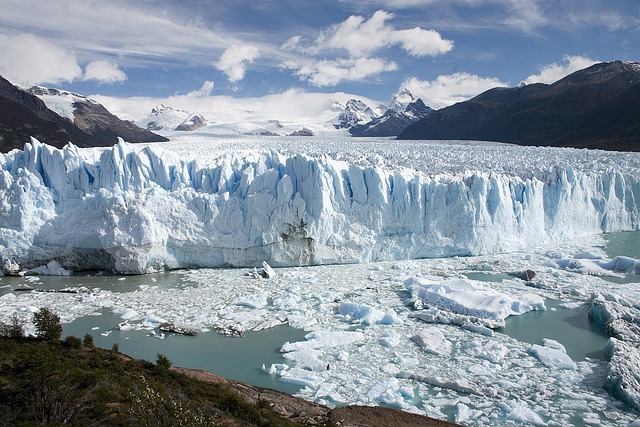
A major consequence of this global warming is the melting of glaciers and ice caps at the level of the two poles.
The warming of the Earth will cause significant melting of ice. We note that the pack ice at the level of the poles has decreased.
Scientists estimate that in the second half of the 21st century, there will be no more ice flows at the two poles during the summer.
This consequence has a heavy impact on the polar ecosystem with as the polar bears will lose their habitats and prevent them from feeding during their hunting season.
There is also a significant global decline in glaciers. For example, in the Himalayas, 67% of the glaciers are starting to melt.
These melting glaciers can cause serious problems like overflowing rivers and melt ice lakes.
But the major problem of this melting ice is the rising waters on Earth.
As soon as the ice melts, it turns into water, which explains the rise in the water on a planetary scale.
Since 1978, the ice in the Arctic Ocean has decreased by 2.7% per decade. As a result, the Arctic and Antarctic discharge 300 million tonnes of water per year.
The rising waters will have several consequences. I.e., coastal regions, lagoons, deltas will be submerged as well as islands. IOPScience has an article on this subject.
Effects of Fossil Fuel to the Environment Conclusion
You realise that the continued use of fossil energy will have a negative impact on the environment and the health of living things. That is because fossil fuels such as coal, petroleum, and natural gas contain high percentages of carbon.
Until now, fossil energy is still one of the mainstays for producing electricity. This danger is enough to admit that it would be suicidal to continue on this path.
The use of fossil energy must be reduced because it brings a number of negative impacts. It’s high time we charge and adapt to a renewable form of energy.
Recent Posts
Understanding Energy and Electricity: The Power For Progress
Energy and Electricity Energy and electricity are integral components of modern life, powering everything from homes and businesses to transportation and communication. Without them, the...
The Future of Wind Energy The future of wind energy is set to play a critical role in addressing global energy needs while combating climate change. As renewable energy sources like wind and...


